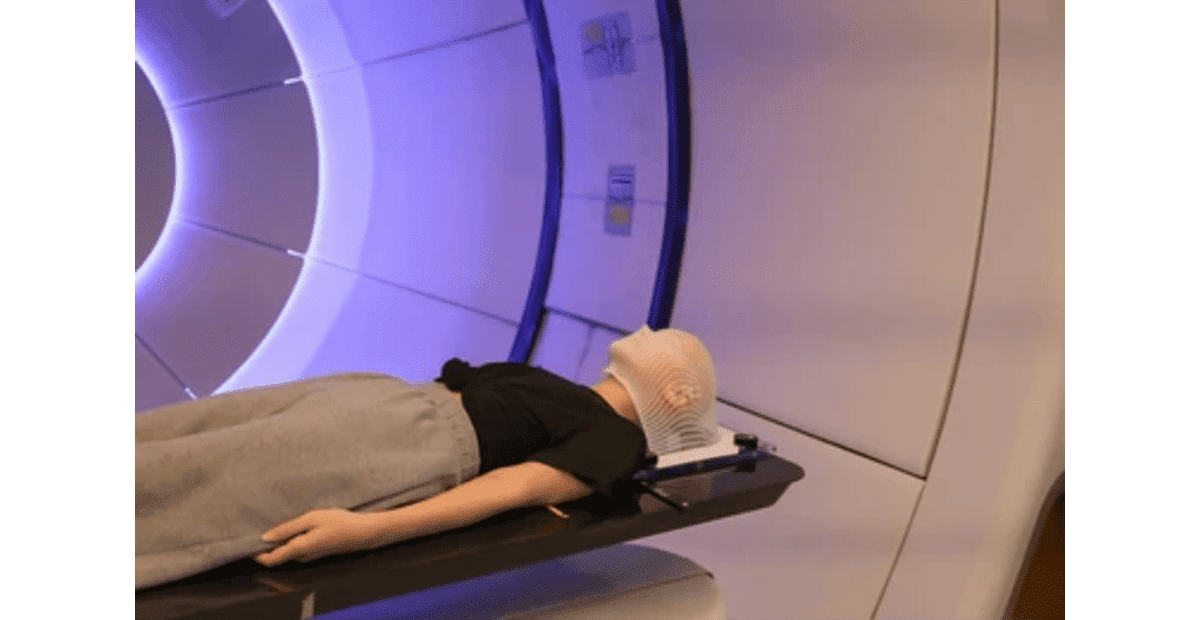Duration
Up to 42 days
Type of care
Outpatient
Fast booking
Available
Method
Non-surgical
What is included?
- clinical history-taking
- medical records review
- physical examination
- consultation with a radiation oncologist
- complete blood count (CBC)
- biochemical analysis of blood (kidney and liver function tests, electrolytes)
- inflammation blood tests
- CT scan
- pre-procedure patient preparation
- 3D radiation planning
- proton beam therapy of the tumor
- post-procedure care
- symptomatic treatment
- cost of essential medicines
- cost of essential materials
- nursing service
- discharge medical records
- further recommendations
What is proton therapy?

Proton therapy, also known as proton beam therapy, is a radiation treatment that precisely delivers a beam of protons to disrupt and destroy tumor cells. Compared with traditional radiation, protons have unique properties that allow doctors to better target radiation to the size and shape of the tumor. The proton beam kills the tumor cells and spares more of the surrounding healthy tissue.
Proton beam therapy works by disrupting the tumor’s DNA and destroying tumor cells. Protons are separated from hydrogen atoms and sped up in a particle accelerator such as a synchrotron or cyclotron. A special device — usually a gantry that can rotate 360 degrees — uses a large magnet to focus the stream of protons into a thin beam, just 5 millimeters wide. The magnet then guides the beam and directs it at the tumor from multiple angles, as the gantry rotates around the patient. The energy within the proton beam can be adjusted based on the depth of the tumor, so that different amounts of radiation can be delivered to different parts of the tumor.
The radiation from protons damages the DNA of the tumor, making the tumor unable to repair itself or grow new cells. This means a tumor stops growing and starts shrinking. The effects of proton radiation vary depending on the size of the tumor, its location and other factors.
The key benefit of proton therapy is the ability to more precisely target the tumor cells. Research shows that proton therapy results in a higher dose of radiation to the tumor but significantly less radiation to healthy cells near the tumor. With less healthy tissue affected by the radiation, side effects may be milder, and there is less risk of developing secondary cancers due to radiation.
Depending on the size, location and number of tumors, you can expect to spend about 15–30 minutes in the treatment room. The proton radiation treatment itself takes only a few minutes, but it takes time to position you and calibrate the machine before generating a proton beam. It could take an hour or longer for the entire appointment from the moment you enter the center until you leave.
Read more in our blogs
Proton therapy is an advanced and highly precise radiation treatment for tumors. Compared with other methods, it focuses more energy on the …
